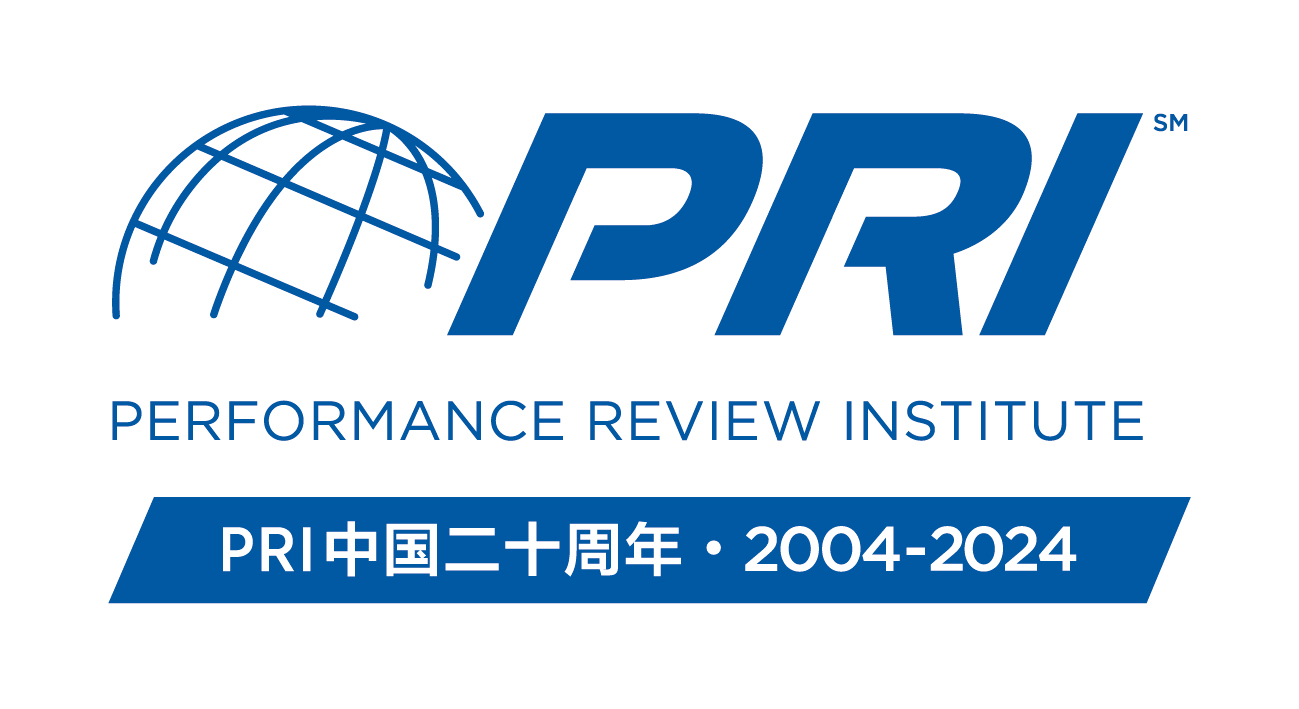项目和服务
- Nadcap
- 认证
- Nadcap会议
- 参加
- 审核员
- Nadcap研讨会
- eAuditNet
- 架构
- PRI体系认证
- 公正性声明
- 批准及认可证书
- 通用过程与政策
- PRI培训
- MedAccred
- 认证
- 参与
- 审核员
- MedAccred活动
- 行业领导和参与
- PRI Qualification
- 知识体系
- 考试
- 参与
- 获批培训机构
- 技术评审委员会
- Performance360
- TPG
- 认证
- 参与
- 审核员
- eAuditNet
- 架构
- PRI CAAP
- 认证
- 审核员
- eAuditNet
- 架构
- PRI QPL
- PRI-QPL(航空航天)
- 制动衬片认证项目
- 润滑油评审协会(Lubricant Review Institute)
AMS 2750E Thermocouple Requirements Part 3
The three-part series on the subject of thermocouples thus far has discussed how thermocouples work, how they are classified, and the requirements for calibration. Also reviewed were the requirements for calibration frequency and accuracy. This third and final article will address recalibration and reuse restrictions.
Thermocouples are the basis of the thermal processing industry. The accuracy and control required for aerospace and medical thermal processing would not be possible if it were not for the relatively simple way in which thermocouples provide temperature information. AMS2750 establishes the specific requirements for controlling thermocouple usage which the Process Owner must understand and the Quality System must address.
Of course, reading a short discussion is not adequate preparation. The eQuaLearn Introduction to Pyrometry course is an essential start, however, there are also customer specifications which may be different from AMS2750E. As you read below, please be aware that there are many special cases. It is important to always review AMS2750E when making decisions about your own usage.
Turning to Figure 1 on page 13 of AMS2750E, we can see a few patterns that occur. (Remember that Figure 1 groups thermocouples a bit differently than Table 1. It addresses TUS thermocouples, two types of SAT thermocouples (resident and non-resident) and load thermocouples. Resident thermocouples were discussed in the previous article.) Those patterns include:
- Noble metal thermocouples, expendable or non-expendable, in all the applications can ALWAYS be recalibrated (at a maximum period of 6 months).
- Base metal expendable thermocouples in all these applications can NEVER be recalibrated.
- Base metal non-expendable requirements are what we previously saw in Table 1.





